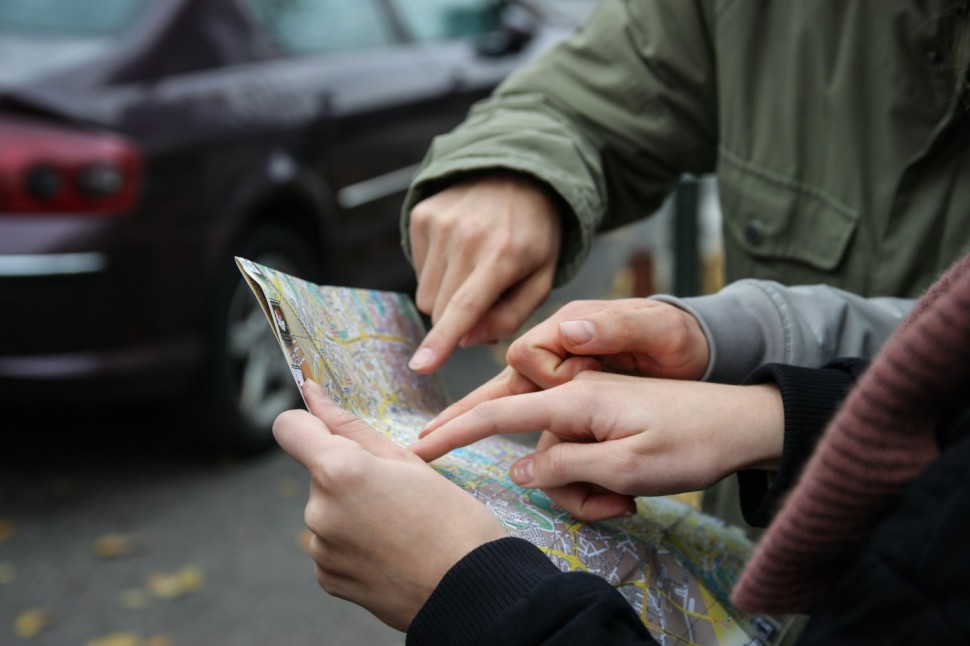After a lengthy legal battle, the Supreme Court of Louisiana has facilitated the establishment of St. George, marking a significant turn in the state's governance and social landscape. This decision introduced St. George, which houses nearly 100,000 residents, as the newest city within the state and the first in almost two decades. The move has sparked various reactions from various communities and stakeholders, setting the stage for a new chapter in Louisiana's urban development.

The Genesis of St. George
The idea to establish St. George began with a group of residents dissatisfied with the local school district in an unincorporated suburb of Baton Rouge. Their initial failure to create a separate school district in 2015 led to a larger vision: forming a new city. Persistence paid off when, after a failed first attempt, a second petition in 2019 garnered enough support to bring the proposal to a vote. The measure won 54 percent support from voters, ushering in a legal challenge that has only just concluded in favor of the city's formation.
Legal Hurdles Cleared
The legal contention over St. George's formation centered on its financial viability and potential impact on East Baton Rouge Parish's economy and community structure. Critics, including a coalition of parish leaders and civic activists, argued that the new city, which slices a predominantly white and wealthier section from the southeast of Baton Rouge, was founded on unfounded complaints and would destabilize the region further. However, the State Supreme Court's recent ruling dismissed these financial viability concerns, emphasizing that St. George could sustain its operations within its estimated tax revenues.
ALSO READ: New Tennessee Bill to Fast-Track Eviction of Squatters, Cutting Legal Red Tape for Property Owners
A City in Making
The Supreme Court's decision begins a complex process to operationalize St. George as a functioning city. Governor Jeff Landry is set to appoint an interim mayor and City Council to steer the nascent city's governance framework. St. George aims to maintain a lean operational model with an existing fire department and plans to privatize many city services. This strategy aligns with the organizers' vision of creating an efficient, vibrant community that will contribute positively to the broader East Baton Rouge Parish ecosystem.
Challenges and Expectations Ahead
Despite the clear path now set for St. George's formation, the journey ahead is fraught with logistical and administrative challenges. Disentangling St. George from East Baton Rouge Parish's governance and services framework is expected to be complex and contentious. Opponents of the move, like M.E. Cormier, fear the logistical nightmare ahead and caution about the legacy costs associated with the area's development over the years. They argue that St. George's residents will be expected to pay these bills from day one.
The creation of St. George is a landmark decision that redefines Louisiana's urban and socio-economic landscape. As the state watches this newest city embark on its journey, all stakeholders will keenly observe the unfolding chapters. The establishment of St. George, nestled between Lafayette and Lake Charles in population rank, ventures into uncharted territory for Louisiana, promising new opportunities and raising new questions about urban self-governance in the 21st century.




